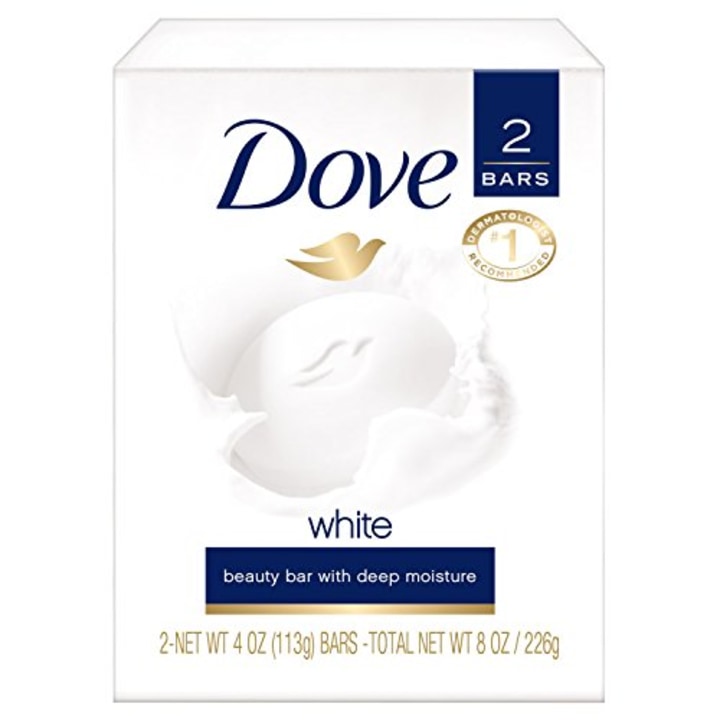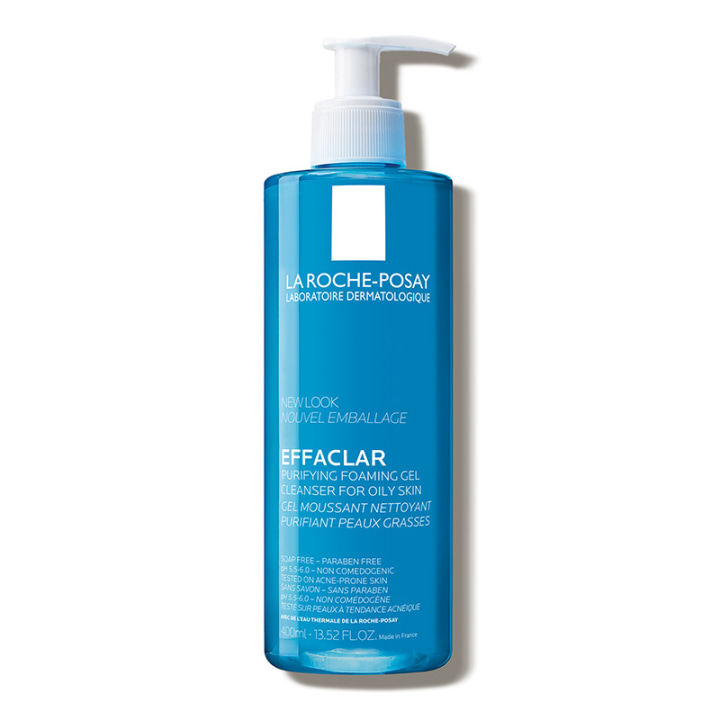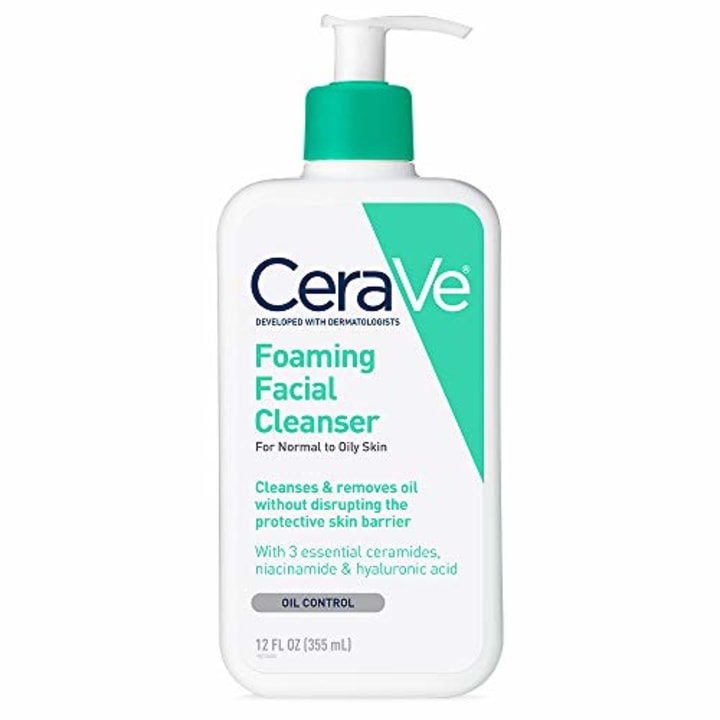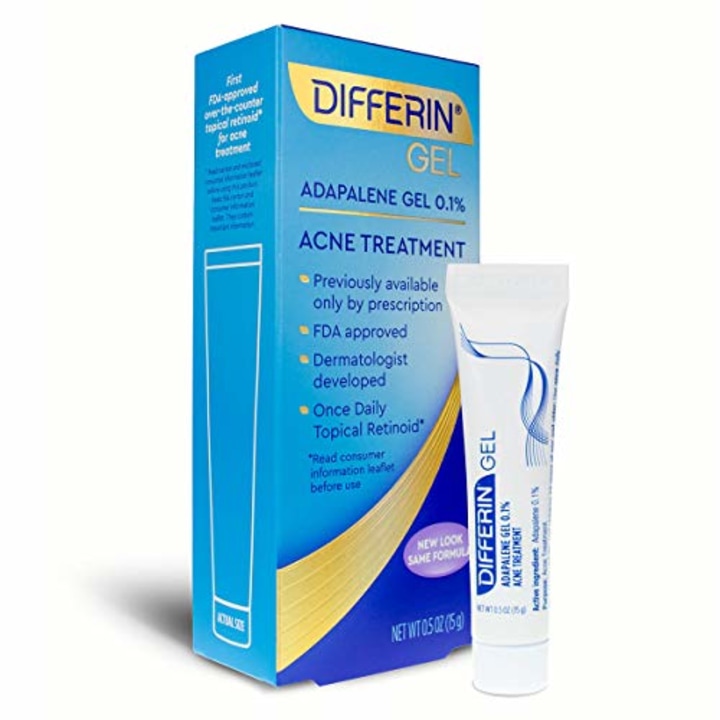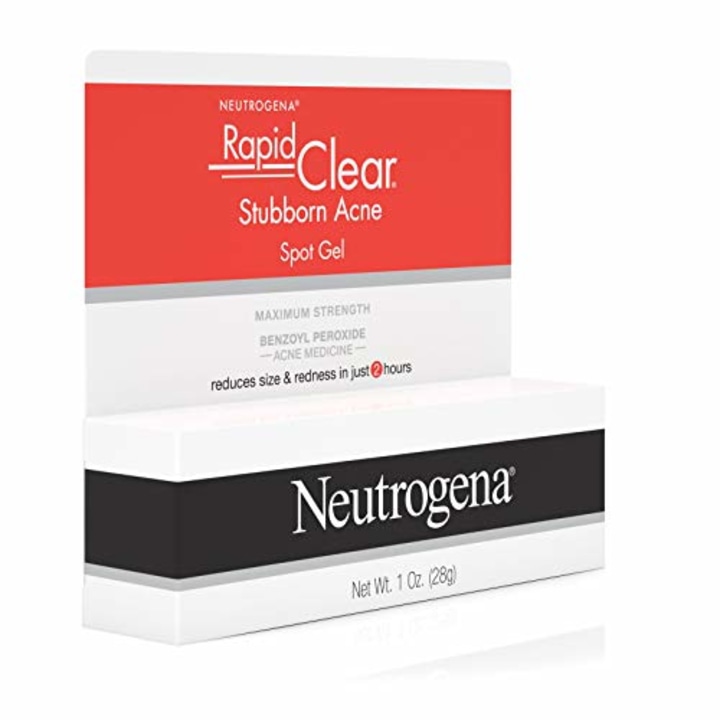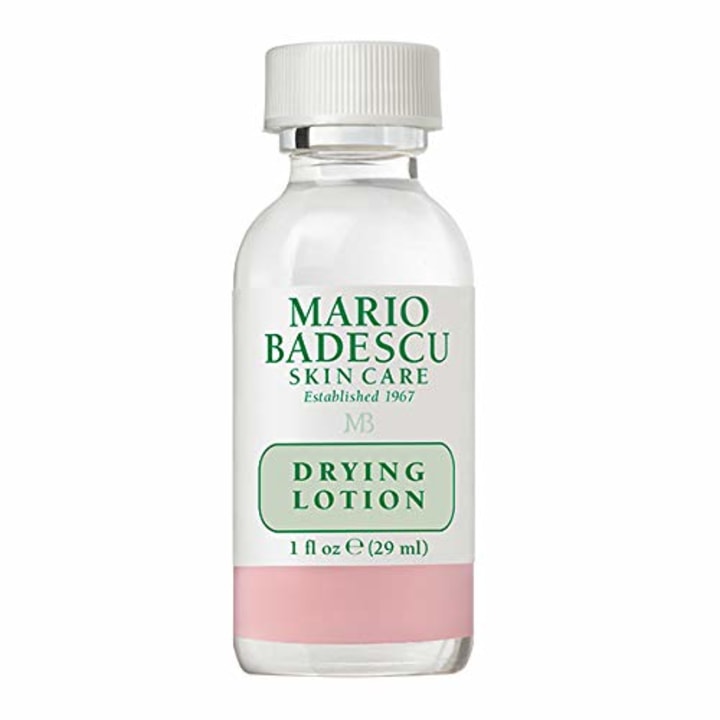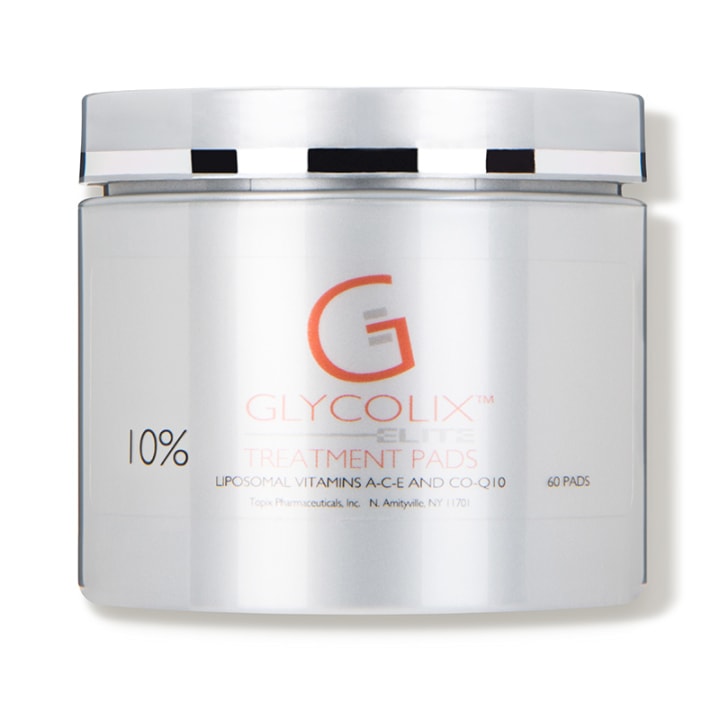The best treatments for teen acne, according to dermatologists

Dermatologists recommend foam-based cleansers for those with oily skin.damircudic / Getty Images
Select is editorially independent. Our editors selected these deals and items because we think you will enjoy them at these prices. If you purchase something through our links, we may earn a commission. Pricing and availability are accurate as of publish time.
If you made it through your teens without a breakout, consider yourself something of a unicorn. Acne, a skin disorder that primarily affects the face, shoulders, chest and back, plagues an estimated 80 percent of people between ages 11 and 30 at some point, according to The National Institutes for Health.
Fueled by fluctuating hormones that increase oil production (sometimes further aggravated by a teen’s desperate attempts to make it all stop), breakouts happen when that oil (also known as sebum) combines with dead skin cells, trapping bacteria, causing inflammation and clogging pores, according to the Cleveland Clinic.
“To keep the skin from getting dry, the skin makes oil in little wells called ‘sebaceous glands’ that are found in the deeper layers of the skin. “Whiteheads” or “blackheads” are clogged sebaceous glands. Blackheads are not caused by dirt blocking the pores, but rather by oxidation (a chemical reaction that occurs when the oil reacts with oxygen in the air). People with acne have glands that make more oil and are more easily plugged, causing the glands to swell,” explains Adnan Mir, MD, Committee Chair for the Society for Pediatric Dermatology, Assistant Professor at New York Medical College, and dermatopathologist at Dermpath Diagnostics in Port Chester, New York.
Mona Gohara, MD, dermatologist at Dermatology Physicians of Connecticut, says there’s no standard age or period of time when this “oil surge” of sebum calms down. “It’s completely genetic,” she says. “Some people never get it, for some people, it lasts 5 years.” And your acne might not end with your teenaged years — studies have shown as many as 22 percent of adult women suffer from acne at one time or another.
What’s more, acne can take a toll on a teen’s already delicate sense of confidence. The New England Journal of Medicine notes “the psychological effects of acne can be profound, and persons with acne are at risk for substantial, negative effects on quality of life, similar to those seen in persons with asthma, epilepsy or arthritis. Adolescents and adults with acne have higher rates of anxiety, low self-worth and depression than those without acne.”
Best treatment for teen acne
There are generally two means by which to treat teen acne and pimples: washing your face preemptively with appropriate cleansers and spot treating breakouts when they arise.
Wash your face twice a day with a gentle (no soap!) cleanser
“Always wash your face daily, and twice a day if your skin is oily or gets dirty throughout the day,” says Samer Jaber, MD, founder of Washington Square Dermatology in New York City. Be sure to remove all makeup before bed (Gohara, who is a skincare expert for Kleenex, recommends using their Soothing Lotion Facial Tissue with Aloe to remove makeup from lips to prevent dryness), and try to cleanse your face after working out.
Here are 5 products to try:
Dove Beauty Bar
Gohara says a no-soap cleanser, like the very affordable Dove Beauty Bar, cleanses without aggravating already inflamed skin.
La Roche Posay, Effaclar Gel Facial Wash for Oily Skin
Mir says acne-sufferers should look for non-comedogenic products because they won’t block pores. This foaming cleanser — recommended by Gohara — is both non-comedogenic and contains zinc pidolate, which has astringent, anti-inflammatory properties shown to improve acne.
CeraVe Foaming Facial Cleanser for Normal to Oily Skin
“Foam based cleansers are better for those with oily skin,” says Jabar, who likes this one from CeraVe. “Cleansers with ingredients like glycolic acid, salicylic acid and benzoyl peroxide can be very helpful for those with acne, but be careful as they can be irritating and drying.”
Pimples? Spot treat them
All three dermatologists recommend spot treating pimples, from the second they’re coming on until they’re just about all gone, preferably with a product containing a retinoid, benzoyl peroxide or salicylic acid.
Differin Adapalene Gel 0.1% Acne Treatment
“Differin gel is the only OTC retinoid available without a prescription and was a prescription medication for years,” says Jaber. “If there’s one thing to pick to do for your acne, start using Differin gel at bedtime. Wash with a gentle cleanser, dry, and apply a pea size of Differin onto the entire face.”
Neutrogena Rapid Clear Stubborn Acne Spot Treatment Gel
This spot treatment, with 10-percent benzoyl peroxide, got a mention from both Gohara and Jabar for its strong, zit-zapping properties.
Mario Badescu Drying Lotion, Glass Bottle Drying Lotion
Jaber recommends this tried and true quick-drying formula to those who are allergic to benzoyl peroxide. It contains salicylic acid to fight acne and calamine to calm irritated skin.
What makes teen acne worse?
Washing your face too often
Believe it or not, over-washing can leave teen skin susceptible to more breakouts. “One of the mistakes I commonly see with teens is they really want to get their skin better, and so they over-dry their skin,” says Jaber. “Dry skin can actually make breakouts worse.”
Piling on the trendy products
“Teens tend to turn to their favorite YouTuber or influencer and start putting what I call ‘the kitchen sink approach’ on their face, and it can stoke the fire,” Gohara says. Acne breakouts can take 5-7 days to calm down and disappear, so it’s important to stick to a basic routine and give it time.
Over scrubbing or exfoliating
Mir says teenaged skin already sluffs off dead skin cells on its own so he discourages the use of apricot scrubs or scrubs containing beads, because these products can be abrasive and irritating. Gohara also says scrubbing is also a big no-no. “Sometimes, teens think acne is from dirt and they start to scrub it, but scrubbing is bad and over washing the face is bad,” she says, recommending teens use a gentle exfoliant once a week, in the form of glycolic pads. Here are some recommended options:
Glycolix, Elite Glycolic Acid Exfoliating Treatment Pads
Gohara says this exfoliant is gentle yet effective and easy to use, especially after teen sporting events.
First Aid Beauty Facial Radiance Pads
Gohara says these pads, made for sensitive skin, exfoliate gently with an alcohol-free (non-drying) formula.
Don’t pop pimples
Though it isn’t the absolute worst thing a teen can do (if the pimple has come to a head), all three dermatologists warn against popping pimples — spot treating them is more effective. “Picking and popping pimples can lead to scarring, because you increase inflammation. Once in a while a dermatologist will do it, and some people feel a compulsion to pick and pop, but it’s something that we like to discourage,” says Mir.
When to see a dermatologist for acne
Gohara says if breakouts leave scars or don’t respond to a regular routine of gentle cleansing, exfoliation and spot treatment, a consultation with a dermatologist might be in order. “Some people need something stronger to manage their acne, like an oral antibiotic,” Gohara says.
And teens shouldn’t get discouraged. Though acne can be really annoying, 99.9% cases are curable, says Gohara.
More Tips from Dermatologists
- Best moisturizers for dry skin
- Best anti-aging sunscreens and moisturizers
- 5 DIY beauty recipes you can make at home
- Best dandruff shampoos
- A better way to take a shower
Want more tips like these? NBC News BETTER is obsessed with finding easier, healthier and smarter ways to live. Sign up for our newsletter and follow us on Facebook, Twitter and Instagram.
Subscribe to the Select Newsletter!
Our best selections in your inbox. Shopping recommendations that help upgrade your life, delivered weekly.
Discover more from ReviewFitHealth.com
Subscribe to get the latest posts sent to your email.

